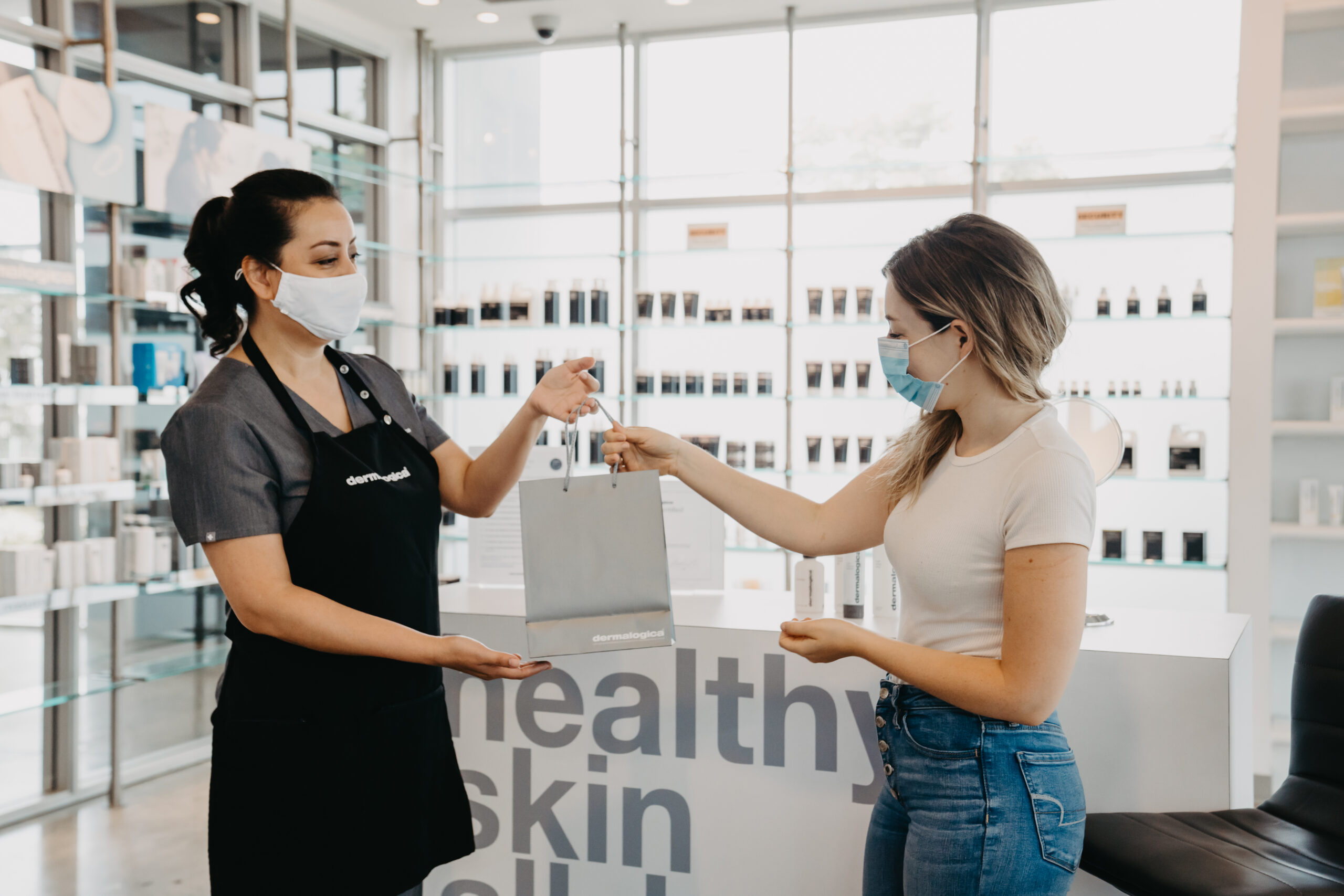
At The International Dermal Institute, we hold that a substantial part of the aging process is attributed to skin discoloration. To achieve brighter skin, one must undergo treatments and use products that deliver a luminous, bright, even-toned, healthy skin. But what exactly is hyperpigmentation, and how does it affect skin? Let’s dive deeper.
What Are The Causes Of Hyperpigmentation?
The number one cause of hyperpigmentation is exposure to ultraviolet (UV) rays. And this doesn’t just apply to simple, daily exposure to UV rays alone; chemical fragrances may react with sunlight, medications may cause sun sensitivity, and dark patches may appear after invasive or strong peels where the skin has become sensitized. You may also notice hyperpigmentation during pregnancy (and post-pregnancy) in the form of Melasma (AKA Chlosma), which appears on the face, often in a butterfly formation. During times of stress skin can also hyperpigment, especially on the neck and around the temples, due to hormonal surges. Trauma to the skin (i.e. a graze on the knee, a squeeze of a spot, eczema or sinus congestion) can lead to pigmentation formation as well.
Three Steps to Your Brightest Skin Ever
1. Critical To A Healthy Glow Is A Smooth Skin. Enter Exfoliation!
Exfoliation not only smoothes skin but it also helps even out tone by speeding up the cell turnover rate, therefore assisting the removal of pigmentation patches. In addition, the removal of the dead cell layer will allow better penetration of further treatment products. Alpha hydroxy acids (AHAs), in particular Lactic Acid, show very positive results when brightening pigmentation. For a quick and easy solution, look for a 3-in-1 cleanser that exfoliates, cleanses and brightens uneven tone. Such a product preps skin for treating deep down, stubborn, pigmented patches.
2. Shedding Light On Skin Brightening Products
While hydroxy acids (Lactic Acid, Glycolic Acid and Salicylic Acid) in skin-brightening products have been used to accelerate desquamation and remove pigmented cells, a 5% concentration of Lactic Acid will slow melanin synthesis. This approach to affect melanin synthesis is unique to Lactic Acid and does not occur with other alpha hydroxy acids such as Glycolic Acid or the beta hydroxy acid (BHA), Salicylic Acid. Other exfoliating agents used in brightening products include Pumpkin Enzyme and Galactoarabian, a molecule that stimulates natural desquamation. And more recently, Niacinamide (Vitamin B3) has been shown to stop the transfer of melanin to neighboring skin cells.
Other research indicates that we can also control melanin formation by affecting the signaling process involved in melanin biosynthesis by using sunscreens and anti-inflammatory agents.
3. Protect and Hydrate
Once you have treated that stubborn pigmentation, now is the time to ensure that you guard against future attacks. Use a daily moisturizer with minimum SPF30 to ensure protection against the worst offender – UV rays! And make sure that your daily moisturizer is packed full of hydrating ingredients so that your skin reflects light and glows.
Latest Agents
Vitamin C (Ascorbic Acid) has been used for many years to control melanin synthesis. Newer, stabilized derivatives of Vitamin C, such as Magnesium Ascorbyl Phosphate (MAP), are also used to control melanogenesis. These derivatives can scavenge the free radicals that cause erratic melanocyte activity, and they can act as antioxidants.
Having said that, the latest agents to fight melanin formation are peptides. Oligopeptide-34 decreases stimulation of the melanocyte cell and inhibits activity, brightening skin (especially sun-induced hyper-pigmentation) in half the time of other brightening complexes.
The ingredient Glucosamine is also a favorite of cosmetic formulators as it interrupts the UV-triggered chemical signals that turn on melanin production and inhibits the transfer of melanosomes to keratinocytes.
These ingredients should be sought out in concentrated treatment products that you apply after cleansing and before moisturizing. This will offer maximum absorption and effectiveness.
How Can I Achieve The Best Possible Results?
For maximum results in a minimal amount of time, a course of two professional treatments per week for a 4-6 week period is ideal. Home care is vital as well and requires consistency. And most importantly – don’t ever skip the sunscreen!
Related articles
How Does Menopause Affect Your Skin?
Healing the Industry, the World and Ourselves
Controlling Aging Skin
stay in the know
Get special offers on the latest developments from Front.



